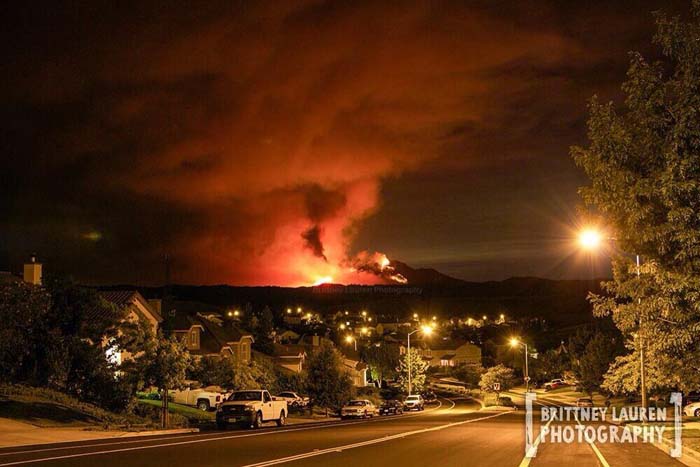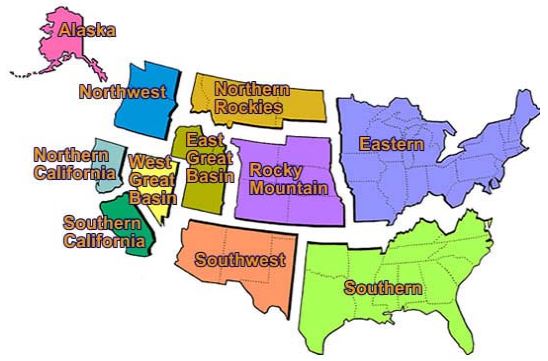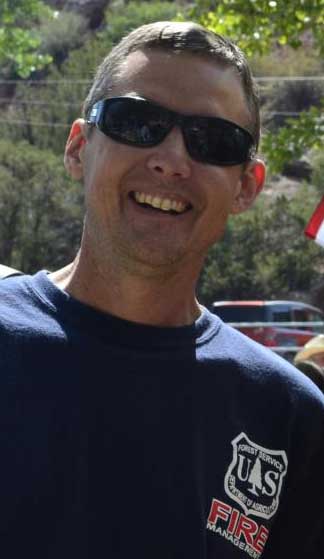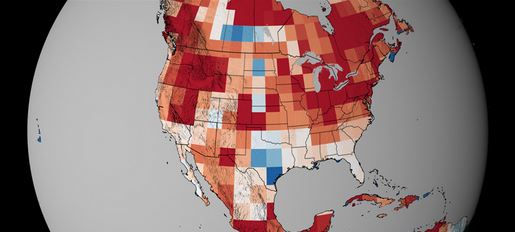(UPDATED at 8:30 a.m. PDT, September 10, 2013)
The spread of the Morgan Fire in Mt. Diablo State Park 18 miles east of Berkeley, California slowed late in the day on Monday. More accurate mapping resulted in a decrease in acreage, from 3,718 to 3,243 acres by Tuesday morning. The incident commander is calling it 45 percent contained, up from 20 percent on Monday.
KTVU has an interesting timelapse video of the fire.
****

(UPDATED at 4:57 p.m. PDT, September 9, 2013)
The Morgan Fire east of the San Francisco Bay area has grown to 3,718 acres, and the Incident Commander is calling it 20 percent contained.
****
(Originally published at 12:33 p.m. PDT, September 9, 2013)
The Morgan Fire is burning in Mt. Diablo State Park 18 miles east of Berkeley, California (see the map below). It started Sunday at 1 p.m. and burned actively all night. The fire is currently threatening PG&E electrical transmission lines, communications infrastructure on Mt. Diablo, and historical buildings at the summit of Mt. Diablo. At 11:30 a.m. on Monday CAL FIRE said it had burned 1,500 acres.

Mandatory evacuations have been ordered for Oak Hill Lane, Curry Canyon, Curry Lane, Curry Point, Trail Ride Road, East Trail Road, Russelman Park Road, Upper Trail Road and Lower Trail Road.
The fire is being fought by 705 personnel, 85 engines, 30 hand crews, and 11 dozers.

These sites occasionally have live video feeds of the fire: KTVU, Dropcam, ABC7news, and NBC Bay Area. And there’s a web cam that needs to be refreshed to see the latest images: Mt. Diablo Cam.







